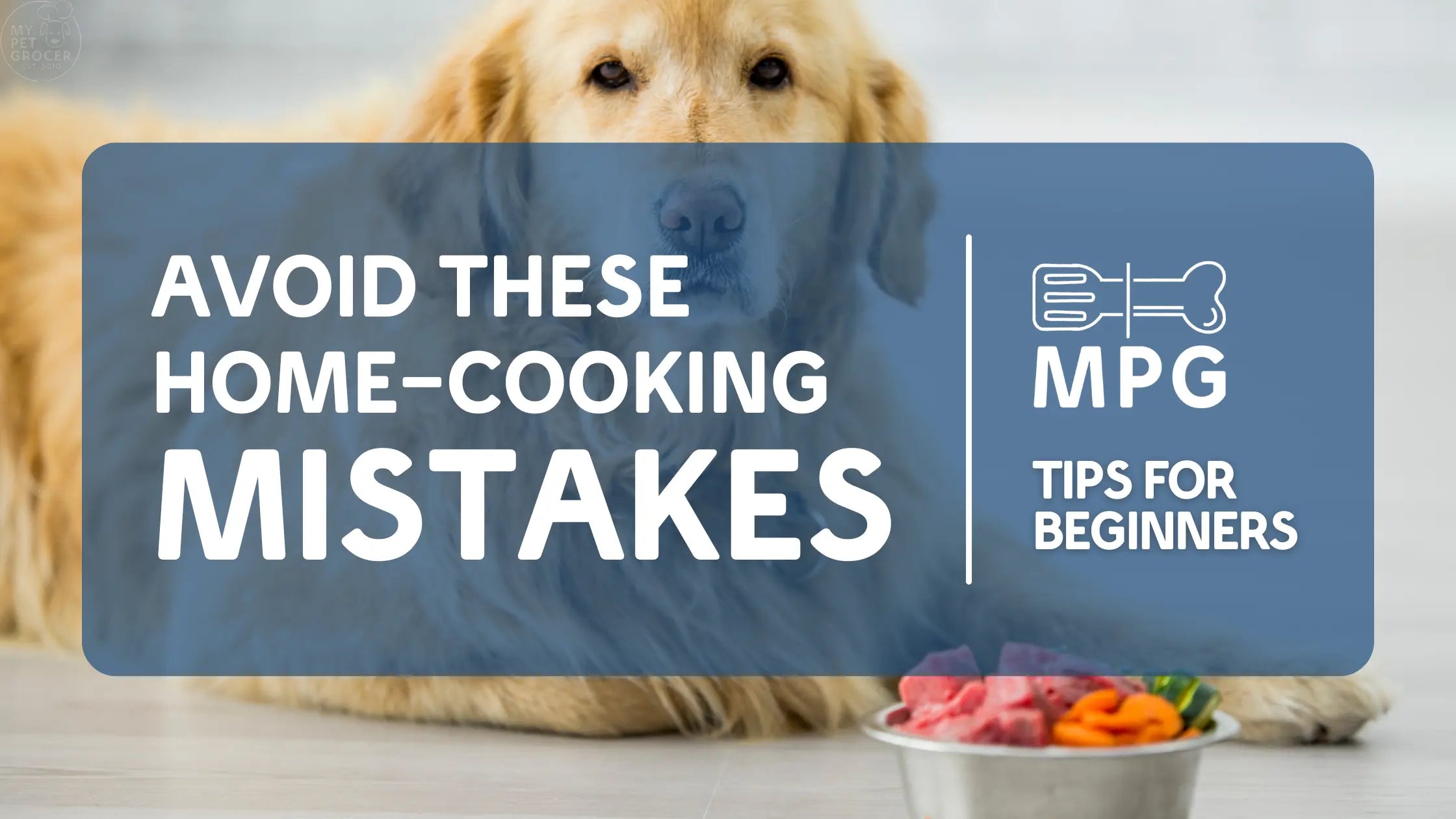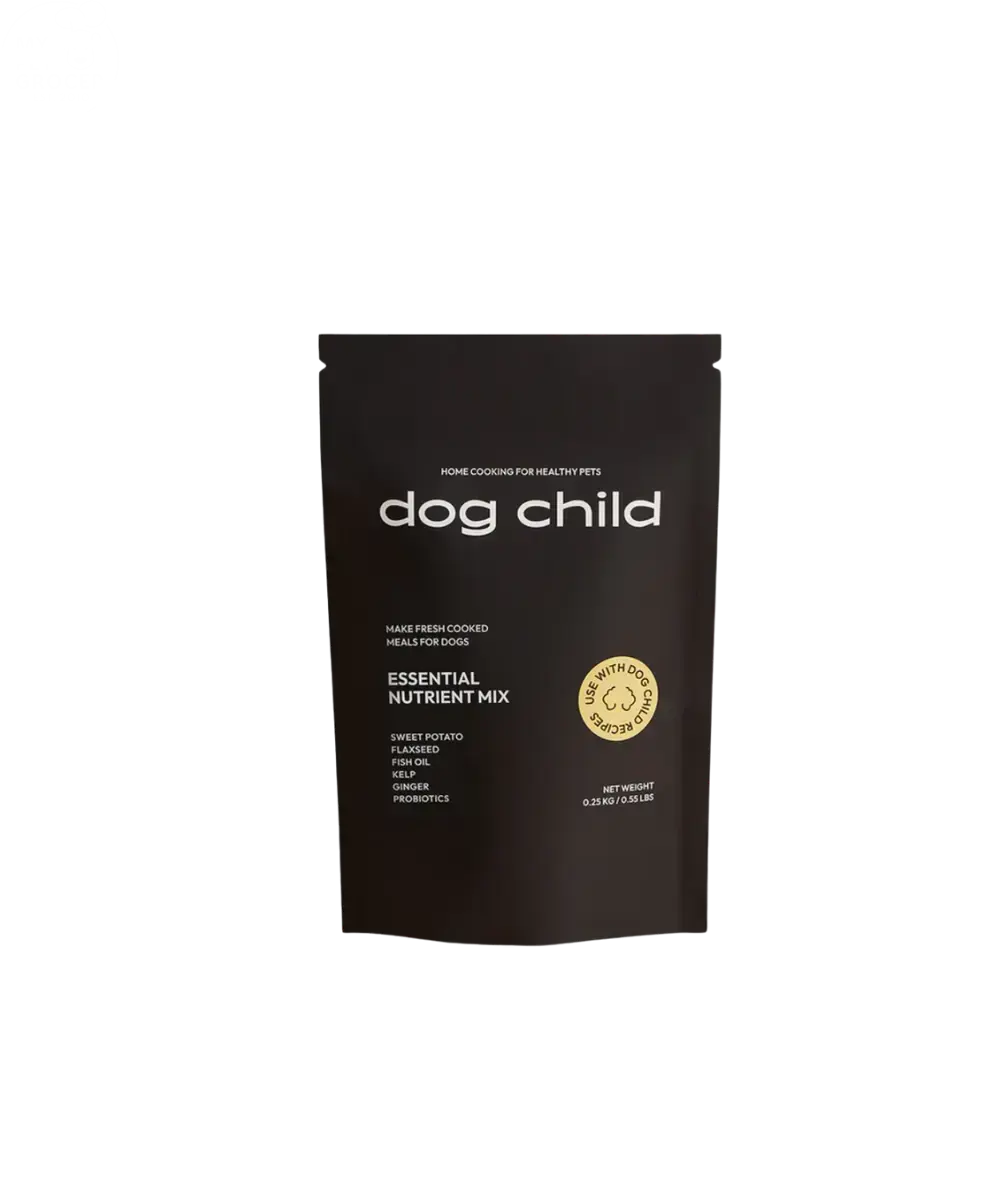
Avoid These Home-Cooking Mistakes
We all want the best for our pets, especially when it comes to their diet. Avoid these common pitfalls to ensure your pet enjoys safe, balanced, and pawsitively delicious home-cooked meals!
1. Skipping the Vet:
Don't rely on random recipes or guesswork. Before home-cooking, consult your veterinarian. They can assess your pet's individual needs, advise on portion sizes, and ensure your recipe aligns with their dietary requirements, especially for pets with allergies or health conditions
2. Winging It with “Human Food”:
Many foods safe for us are toxic to pets. Grapes, onions, garlic, chocolate, and macadamia nuts are just a few culprits. Stick to pet-approved ingredients and do your research on anything unfamiliar.
3. Neglecting Nutrients:
Remember, balance is key. Your pets need a variety of nutrients, including protein, healthy fats, carbohydrates, vitamins, and minerals. While fresh ingredients are great, simply throwing together meat and veggies might not provide all the necessary nutrients. Consult with your vet or a veterinary nutritionist for balanced recipe guidance.
Products like Chef’s Canine Complete can help balance any recipe. Learn more below!
4. Ignoring Portion Control:
Overfeeding, even with homemade food, can lead to weight gain and related health problems like osteoarthritis. Measure your pet's food carefully and adjust portions based on their activity level and weight. Your vet can help you determine the right amount for your pet's individual needs.
5. Making Sudden Switches:
Introducing new foods too quickly can upset your pet's stomach. Gradually transition from their current food to homemade meals over 7-10 days, monitoring for any digestive issues.
6. Forgetting Food Safety:
Food safety is crucial for both you and your pet. Maintain proper hygiene when preparing and storing homemade meals. Wash your hands thoroughly, use clean utensils, and store food in airtight containers in the refrigerator or freezer to prevent spoilage and bacterial growth.
Bonus Tip:
Don't forget the fun! Lean into your chef era and involve your pet in the process (safely, of course!). Let them sniff the ingredients or watch you cook (from a safe distance). Mealtime can and should be a bonding experience for you both.
Happy cooking!


